How and with what to whiten white synthetic things at home?
Content:
If there is a need to bleach white clothes made of synthetics or linen with lace inserts at home, it is necessary to determine what means will be used for this. Their choice, first of all, depends on what kind of defect you have to deal with:
- remove stains;
- freshen up grayed things;
- remove yellowness.
Bleaching synthetics, including removing stains, can be done either using special factory tools - bleaches and stain removers, or using "grandmother's secrets."
How not to bleach synthetics?
Sometimes in publications there are tips on whitening white things that are categorically not suitable for synthetic fabrics.
Synthetics cannot be subjected to the following manipulations:
- digest and wash at high temperature;
- soak or wash with products containing chlorine;
- dry in direct sunlight.
- wring out after bleaching.
Chlorine-containing bleaches act on synthetics unpredictably and in most cases lead to yellowing of the fabric. Drying in the sun also has the same effect. But digestion can lead to deformation or complete damage to things.
We return the white color to grayed things
There is a chance to bleach gray synthetics with ordinary salt. To do this, things are soaked in warm water with the addition of salt - 600 g is stirred in 10 liters of water - after which they need to be thoroughly rinsed and washed with powder.
Another way: using soda and ammonia. 10 tablespoons of soda and 2 tablespoons of ammonia (3%) are diluted in 10 liters of warm water, the clothes are soaked for several hours (from 3 or more). After soaking, you need to wash with powder to wash the softened particles, giving the fabric a grayish tint.
Tip
If the fabric has turned gray from prolonged use or frequent careless washing, it is unlikely to bleach it. In addition, spools are formed on the surface of such clothes, which also give an unkempt look, so its “resuscitation” will still not give the expected effect.
How to remove yellowness?
White things can turn yellow under the influence of many factors. Sometimes it is quite easy to restore the original whiteness at home, sometimes you have to make an effort, and there are cases when it is not possible to restore the original color, for example, when synthetic fibers reacted with chlorine.
Causes of yellowing:
- organic particles;
- traces of perfume or cologne;
- washing in water with a high content of magnesium salts;
- use of untreated water (with rust);
- not rinsing thoroughly after washing (including if the filter is clogged by the machine);
- washing of white things with powder for colored linen;
- mold.
Particles of organic matter are traces of our body on clothes. This is not only sweat, but also dead epidermis. If you wear a white thing at least once and don’t wash it, and then put it in a closet for long-term storage, it will most likely turn yellow. The same thing happens if things are poorly washed after use. You can whiten such yellowness using ordinary laundry soap.
- Soak clothes in cold or slightly lukewarm water for several hours.
- Rub with household soap (72%) to make a heavy dense foam.
- Pour hot water and soak for about another hour.
- Wash and rinse thoroughly.
- Rub with soap and wash again.
Tip
Poorly washed or rinsed items are more difficult to wash; you may need to repeat the procedure several times.
Small yellow spots that appear some time after washing, may well be mold. After all, mold on things can be yellow and whitish, and not just black. To deal with such stains, ammonia can be used. For these purposes, both technical aqueous ammonia solution (25%), and well-known ammonia — a 10 percent solution — are suitable. It is used as follows:
- in 10 liters of warm water dissolve 1 tablespoon of a 25 percent solution or 4 tablespoons of a three percent solution of ammonia;
- things are soaked for several hours, and then washed in the usual way;
- when washing, in addition to soap or powder, ammonia can also be added, but in a smaller proportion.
The same bleaching method is used if the water contains a high content of magnesium salts.
Tip
Ammonia can be added during washing for prevention. Then the yellowness does not appear on the clothes.
If yellowness appeared from washing in untreated water, in addition to ammonia, add hydrogen peroxide: 200 ml per 10 liters of water. There are two more recipes that can help deal with this problem:
- soaking in sulfur-containing solutions;
- the use of peroxide bleaches.
Sulfur-containing solution can be prepared from ordinary mustard (powder). 100 g of mustard is thoroughly mixed in a small amount of water, and then diluted in 10 liters. Things are soaked and then washed in the usual way. Water for soaking should be as hot as possible, therefore, for clothes that can be washed up to 50 ºС, this method is not suitable. More effective is the use of peroxide bleaches.
If possible, you can bleach clothes with sodium hydrosulfite - 2 tablespoons per 10 liters of water. This drug is used to soften water in boilers, so sometimes it is available on the household of residents of private houses. In its absence, 30% hydrogen peroxide (perhydrol or hydroperite) or ordinary three-percent peroxide is suitable: 30 ml of hydrogen peroxide or 2 tablets of hydroperite are added to 10 liters of water with a temperature of 30 ° C. To enhance the reaction, you can add a little soda ash. The synthetics are soaked in the prepared solution for 20-30 minutes. Soaking is carried out in plastic containers.
Stain removal
For any synthetics other than acetate fabrics, the following mixture is used to remove stains: 5 parts of alcohol, 5 parts of tartaric acid, 2 parts of citric acid. As a result of mixing, gruel should be obtained. It is applied to the stain and rubbed 5-10 minutes before washing.
A few more recommendations for removing stains from light synthetics.
- Sweat stains are washed off if 2 tablets of aspirin are kneaded and dissolved in 100 ml of cold water, and the resulting solution is applied to the contaminated areas 2-3 hours before washing.
- Grease stains are removed with salt or chalk. Chalk powder or salt is rubbed into the stain, and after a few hours they are removed with a brush. This method is only suitable for fresh spots.
- Ink spots are removed by soaking and washing the area with the stain in fresh milk or yogurt.
- You can try to remove the resulting rust stain with a lemon. A gauze wrapped in lemon is applied to the stain and pressed with an iron.
Chemicals for bleaching synthetics and stain removal
Chlorine bleaching agents cannot be used for synthetics. However, today there are effective products on sale that can bleach fabric well and do not damage synthetic fibers.
Here are some proven products that are suitable for synthetics.
- Amway Pre Wash Spray. It is applied to the fabric and wiped with a sponge.
- Soap "Antipyatin". Things are soaped 10-15 minutes before washing. To enhance the action, you can add soap to the powder.
- Amway Powder SA8. Suitable only for fabrics that can be washed in water with a temperature of more than 30 ºС. It is added when soaking.
How to avoid spots or yellowness?
How to wash and store white synthetic things so that they do not “age”? There are a few secrets.
- Before washing, sort by separating white items.
- Synthetics, wool and cotton also cannot be washed at the same time, since they have different temperature conditions for washing.
- Underwear should be soaked in cold water for at least an hour before washing.
- Prepare water for washing: for white things, use settled or filtered water, and if the water is hard, soften it with soda.
- Do not store white items ironed.
- Do not use often optical brighteners: they can be used no more often than after 3 washings.
- Do not put wet clothes in the closet.
- Make sure that the drain filter does not clog in the machine.
If you adhere to these recommendations, you can prevent the "unauthorized" color change of light synthetic things. In the event that such a nuisance occurred and, taking your favorite linen or blouse out of the closet, you found stains, a yellowish or grayish tint, the above tips will help whiten things at home and enjoy the freshness of your clothes.
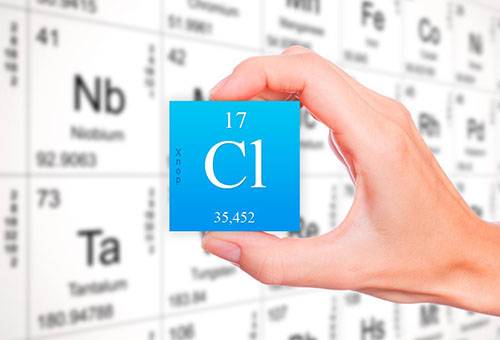
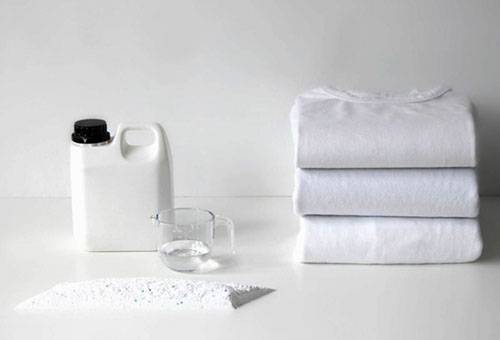
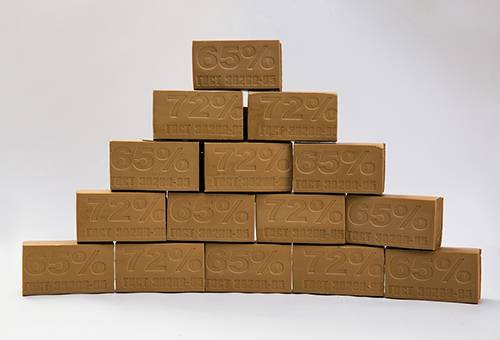
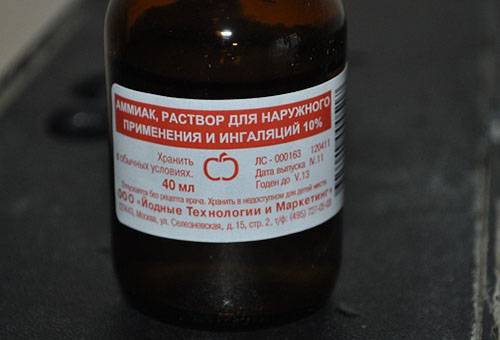
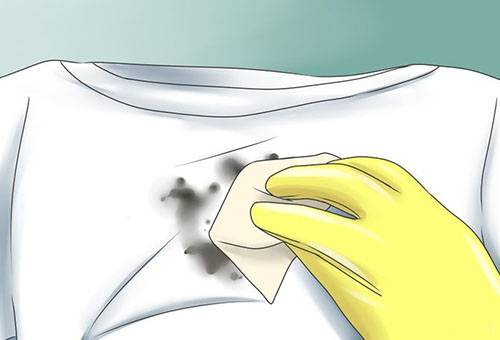
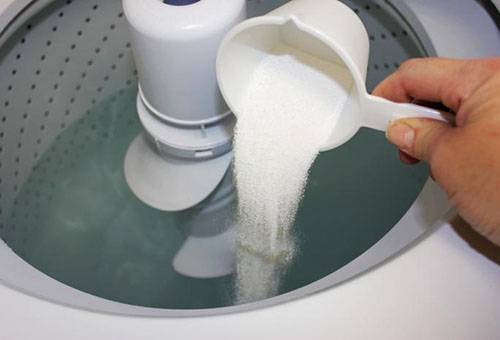

And I am grateful for the description of means for removing ink stains. My daughter loves to wear white blouses for school, and after that I have to suffer from divorces from a pen. Recently I tried the option using milk, so there was no trace of dirt. But after the powders had to re-wash everything, some yellowish and greenish stains remained on the fabric.
I would never have thought that rust can be easily removed from white synthetics. First I tried the lemon variant on the T-shirt, which is not a pity, and everything worked out, the fabric did not suffer at all, and the brown stains disappeared. True, I had to warm up the iron well, only this way its heat reached the matter through a layer of lemon.
Many thanks to the author for the description of the method of dealing with sweat marks on white synthetic t-shirts. With a husband obsessed with daily sports, this came in handy. True, I initially soak things in water with a little addition of laundry soap. Then it’s not necessary to wait a few hours, after which you can begin to take action.
I can’t restore the guipure blouse, after the first wash it became gray-dirty. Now I’ve soaked in a mixture of peroxide and ammonia with warm water, I'm waiting ...
For white synthetic fabrics, cool water should be used - no more than 30 degrees. If you regularly violate this rule, then your things will quickly acquire a dull yellow hue.